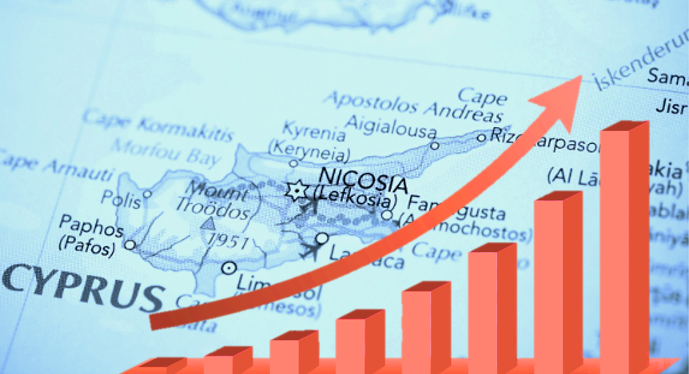Cyprus’ GDP decrease in 2020 was bound to 5 percent, notwithstanding disturbances in global exchange, supply chains, and air transport. Simultaneously, unemployment was reduced to moderately low, given the conditions, level of 7.5 percent.
By 2021, Cyprus outperformed beginning assumptions, arriving at a palatable development pace of 5.5 percent.
The better than expected performance in 2021 is mainly attributed to four factors: (a) the containment of the adverse repercussions of the pandemic on employment and incomes, due to generous government support, in line with general EU guidelines, (b) the low-interest rate environment, which facilitated government borrowing at favorable terms, (c) the positive contribution of the public sector, as well as the services sectors, except tourism, and the construction sector, and (d) the low base of the previous year.
For 2022, the possibilities keep on being described by a serious level of vulnerability. All the more explicitly, the primary wellsprings of vulnerability are as per the following.
First and foremost, albeit the Cyprus economy seems to have acclimated to a huge degree to the common pandemic, the development of new variations can’t be precluded. In such a case, the areas that rely upon communication among individuals (for example, catering businesses) would be negatively affected, and so would public finances during a period of excessively high debt.
Secondly, most experts anticipate a challenging year for the travel industry. The noticed pattern for short excursions to local objections and the obsolete travel industry model doesn’t lean toward Cyprus.
Thirdly, the outer climate adds to extra difficulties. The continuing repercussions of the pandemic on the labor market, the less expansionary fiscal stance, the increase in nominal interest rates, and the intensified inflation pressures negatively affect the economic outlook. Simultaneously, international pressures (i.e. the Russia-Ukraine emergency and Iran’s atomic program) represent extra difficulties to recuperation.
Fourthly, the discretionary cash flow, and thus private utilization, is relied upon to be impacted by the drawn-out repercussions of the pandemic on benefits and compensations, regardless of the public authority support measures. The degree for additional monetary help measures from homegrown sources is restricted; loan costs are projected to increment in ostensible terms. Consequently, the funding conditions will be less strong, regardless of the predominant adequate liquidity.
In simple terms, 2022 isn’t relied upon to be a simple year. Notwithstanding the issues previously recognized above, determined difficulties of a primary sort, reflected in low usefulness, low worth added speculations, the reliance on unpredictable areas and lacks in significant areas, like cutting edge innovation and environmentally friendly power, establish further hindrances to Cyprus’ drawn out monetary viewpoint.
Assuming we wish to outperform assumptions one more time, we want to defy the future with certainty, in light of a conscious long haul methodology and the use of the Recovery and Resilience Facility and other EU monetary assets. Also, we ought to exhibit earnest assurance towards reconsidering and changing our conventional monetary qualities and practices.
References:
Cyprus economy: challenges and prospects | Cyprus Mail (cyprus-mail.com)




